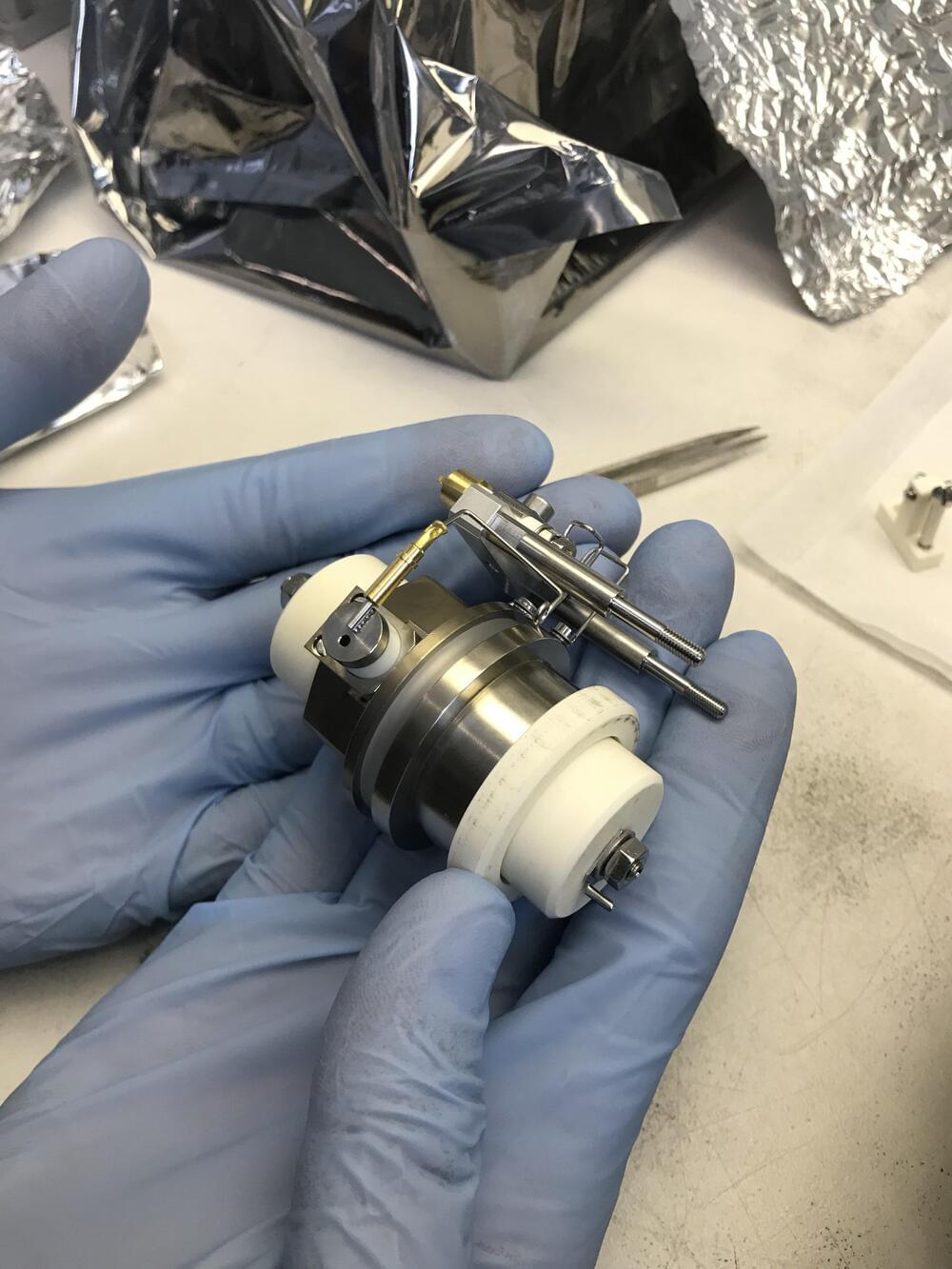As space missions delve deeper into the outer solar system, the need for more compact, resource-conserving and accurate analytical tools has become increasingly critical—especially as the hunt for extraterrestrial life and habitable planets or moons continues.
A University of Maryland–led team developed a new instrument specifically tailored to the needs of NASA space missions. Their mini laser-sourced analyzer is significantly smaller and more resource efficient than its predecessors—all without compromising the quality of its ability to analyze planetary material samples and potential biological activity onsite. The team’s paper on this new device was published in the journal Nature Astronomy on January 16, 2023.
Weighing only about 17 pounds, the instrument is a physically scaled-down combination of two important tools for detecting signs of life and identifying compositions of materials: a pulsed ultraviolet laser that removes small amounts of material from a planetary sample and an Orbitrap analyzer that delivers high-resolution data about the chemistry of the examined materials.










Comments are closed.